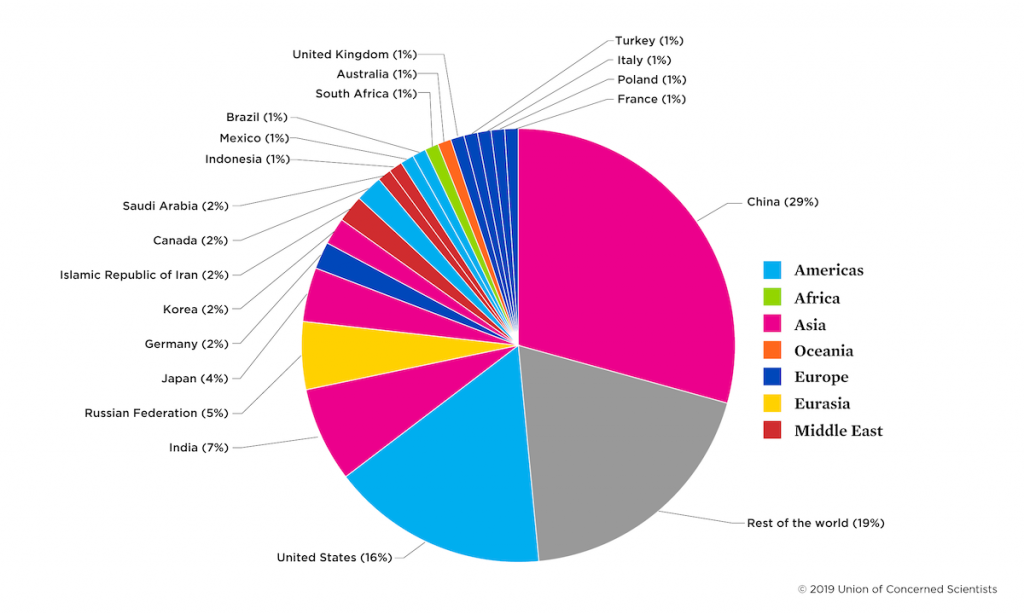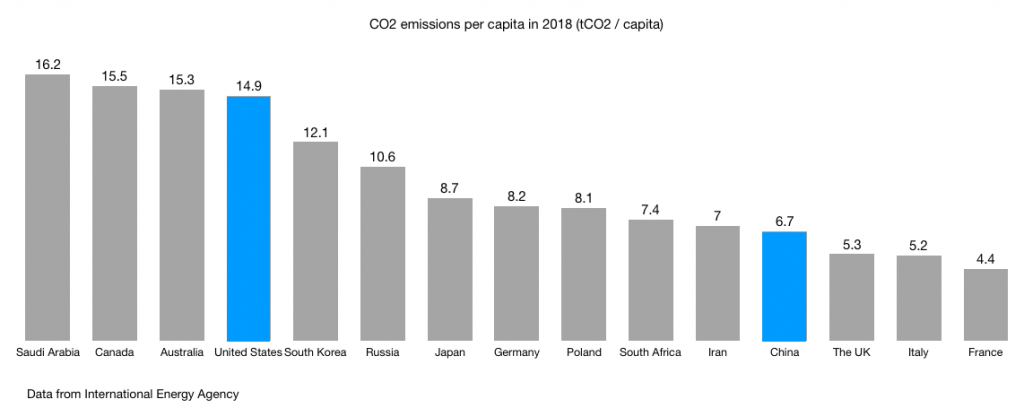Happy new year, everyone!
Thank you for your continued support for my blog. In the first post of 2020, I want to share my learnings about the biggest challenges in the next 50 – 100 years facing humankind. I am interested in this topic because well, my generation (and my daughter’s generation) will definitely experience the consequences of these challenges.
I am a student in this subject so I won’t pretend that I know the answers to these problems. As I continue to learn, I will share more here. So come back to this blog. Across many thinkers of our time (like Yuval Noah Harari, Bill Gates, Steven Pinker, Kevin Rudd, Graham Allison, etc.), they seem to agree that below are the greatest challenges globally:
- Climate change / ecological collapse
- War between civilizations (including nuclear or the use of weapon of mass destruction)
- Impact of technology especially the combination of machine learning, automation, genetics, and bioengineering
- Global inequality: an equal chance of surviving birth, equal access to enough nutrition to grow healthily, education, modern health-care and of course income inequality, etc.
Given the length of a typical blog post, I will focus on the first two challenges today.
1. Climate change / ecological collapse
First of all, it is extremely valuable to understand the totality of this problem. We have heard so much about fossil fuel, emission from transportation but they are not the total picture. Bill Gates has done a good job of articulating the big picture through this piece Climate change and the 75% problem. He has invested and funded heavily different innovations across agriculture sectors, energy sectors, etc. Bill also explains “to stop the planet from getting substantially warmer, we need breakthroughs in how we make things, grow food, and move people and goods—not just how we power our homes and cars.“
As a whole, China the US and India are the top 3 global greenhouse gas emission countries.

Data is from the International Energy Agency IEA, the graph is from Unions of Concerned Scientists UCS.
However, from an emissions per capita perspective, China ranks number 12th and India is not even in the top 15.

The good news is that China is the top global investor in clean energy in nine out of the last ten years. According to the same article from Time, “China today the world’s largest producer of solar panels, wind turbines, batteries, and electric vehicles.”
As an individual, it seems that the most meaningful contribution I can make is to switch to a plant-based diet. You can understand more from this Netflix documentary ‘The Game Changers“.
2. Wars between civilizations
We are living in the most peaceful period in history. Death by war between nations (especially between great powers) has reduced significantly. The book “The Better Angels of Our Nature: Why Violence Has Declined” by Steven Pinker has many statistics that you can take a look at. So why the war between civilization makes my list of worries?
I have found the best strategic framework to see through geopolitical tension in recent years is the Thucydides’ trap.
“It was the rise of Athens and the fear that this instilled in Sparta that made war inevitable.”
Graham Allison has done an excellent job of explaining Thucydides’ trap to us and its implications through his latest book “Destined for War: Can America and China Escape Thucydides’s Trap?“. Over the past 500 years, there have been 16 instances when a rising power challenged a ruling power. Out of those 16 cases, 12 ended up in war. So historically, the odd is in favor of war.
So what is the geopolitical context in the next 30 – 50 years? The simple line is the rise of China as the world’s dominant economic power and the relative economic and military decline of the ruling power (the US). Over time, China’s economic power will translate into the military, foreign policy, and other soft power.
Now, let’s dig a little bit deeper.
Using purchasing power parity, China economy is ALREADY 25% larger than the US
The reason why I use the PPP standard is that it reflects the cost of living in the country. What that means is that if you live and work in China or the US, your actual lifestyle will depend on how much your income can buy, taking the exchange rate into consideration.
GDP per capita (PPP) China is about 1/3 of the US in 2018
Culturally, the two countries are extremely different from self-perception, core value, form of government etc. China is a civilization of a few thousand years old whereas the US is a younger country with less than 300 years old.
Such a difference between civilization often makes war between them more likely. “Over the centuries, however, differences among civilizations have generated the most prolonged and the most violent conflicts.” by Samuel Huntington in his famous book “Clash of civilization.”
The US sees China as a competitor and adversary in most areas, a friend in a few areas
I haven’t spoken to any public policymakers in the US or China so I won’t pretend that I know about the current strategies from both countries. I have been watching public videos on YouTube mainly from Graham, Kevin Rudd, Kishore Mahbubani, etc. and that is the shared view amongst them.
According to Graham and Kevin, the US is at the awakening phase of the new situation and yet to develop a cohesive long term strategy, both from the political establishment and the public.
How about China’s view of the US?
In short, over the past few years, according to Kevin, key policymakers in China have been surprised by the sudden and unanimous level of intense negativity from the US towards China. Given the prevalent long term view throughout China’s history, it is likely that China will continue to use a much longer-term approach than the US and avoid direct confrontation.
Kevin gave an excellent talk titled “Understanding China under Xi Jinping.” It is a must-watch video. If you are tight on time, below are the seven concentric circles of Xi Jinping’s worldview, according to Kevin:
- At the core, it is the communist party’s continuous stay on power. This is fundamental.
- The unity of the country i.e. holding the country together. This is crucial. You need to go back to thousands of years of China history to understand its importance.
- Taiwan, Tibet, Xinjiang, etc. are considered China’s core interests. China will go through thick and thin to keep them.
- Continue to deliver economic performance, uplift the life of the ordinary Chinese citizens, to ensure the legitimacy of the party to the Chinese people
- Ecological sustainability: clean air, water, combat climate change. China won’t wait for the West to act.
- To create sufficient strategic maritime space on China’s eastern frontier. Right now, the US has alliances with South Korea, Japan, Thailand, the Philippines, and Australia. This does not sit well with China over the long term. China’s strategy here is to gradually and effectively push America back by its overwhelming economic presence and increasing military capability.
- Consolidation of China Western land-based frontier
- One belt one road initiative strategically addresses this.
- China’s adequate place in the international rule-based system, given its size and power.
In conclusion, Thucydides’ trap is real and history favors war than peace so we should not be complacent and continue to work hard on this challenge.
That’s all from me for today. Feel free to drop any comments below.
Chandler